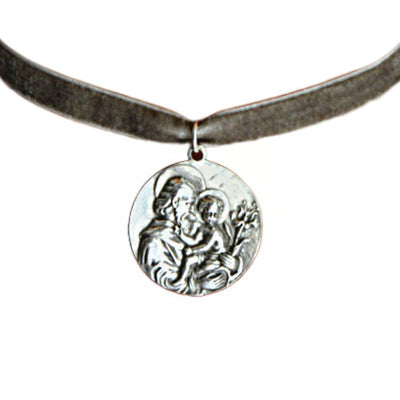Child-Adult Successful Relationships
These uncertain times –that have steeply forced me to reorganize my routines and retake my role as a mother 24/7— causes me fear, stress, and physical and mental exhaustion.
As a teacher, I am also doing my job through a computer screen, battling to maintain the attention of my students. Like me, millions of people share the struggle to raise their children and/or educate their students.
Gordon Neufeld, PhD contributed to the field of developmental psychology with his attachment-based evolutionary model. This model pointed me towards the right way to face situations like the ones mentioned and many others that I have had to solve through the years. The model’s objective is: To accompany our children and adolescents in the process of emotional maturity, for them to reach their full potential as individual beings.
How this model has helped me and what it means
We know that we are a result of evolution, but not everyone knows that we carry instincts that have never evolved and one of them is the attachment instinct.
From birth, we start to instinctively “detect” who the people that satisfy our needs are, whether physical (food and grooming, for example) or those that provide security (affectionate strokes, gentle words, warmth, etc.). This primitive impulse or force that makes us desire the proximity of those people is called attachment.
This attachment should follow a development process that in time, alongside the neurological development of a child, will only grow stronger.
I have come to understand why attachment is a survival instinct that may look insignificant at first but, it is the foundation of all our relationships. For that reason, we should always ask ourselves:
How do I know there is a connection –attachment– between my children or students and I?
How do I know how deep this attachment is?
What are the privileges and responsibilities associated with attachment and how do I strengthen attachment?
How do I lose those privileges? Can I get them back?
How can I discipline without hurting?
After studying this model in depth and applying it to my job, as a mother and as a teacher, I have managed to:
- Rescue my innate intuition.
- Recover my natural power to raise my daughter and relate to my students adequately, without the use of authoritarian discipline.
- Take back the driver seat in my relationship with those who depend on me, like my daughter and students, detecting any problem that needs to be addressed.
It is important to emphasize that this model was developed for parents and teachers responsible for children and adolescents of all ages. Through the series of courses designed by the author – Power to Parent (The Vital Connection, Helping Children Grow Up, and Common Childhood Challenges)– We find the answers to why our children react or behave in an undesirable manner, among other things.
I always recommend the book: Hold on to Your Kids by Gordon Neufeld, PhD, where he explains the importance of establishing and maintaining healthy relationships with our children, the disadvantages of premature socialization and, among other issues, how to rescue and protect our children from the huge wave of the digital world.
I want to leave you with the following thought: Let us not forget that responsible parents are those who recognize their limitations but remember:
“It’s never too late, the good news is that nature is on our side” –Gordon Neufeld
For additional information you may contact the author of this article:
Adriana Padilla-Barrientos
adrianapadilla@institutoneufeldflorida.com
Tel. +1 305-302-4729




















Leave a comment